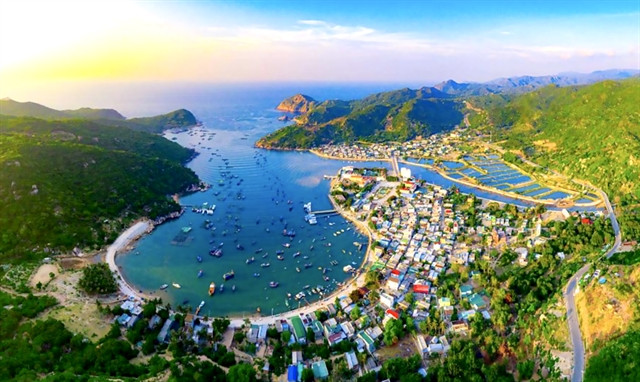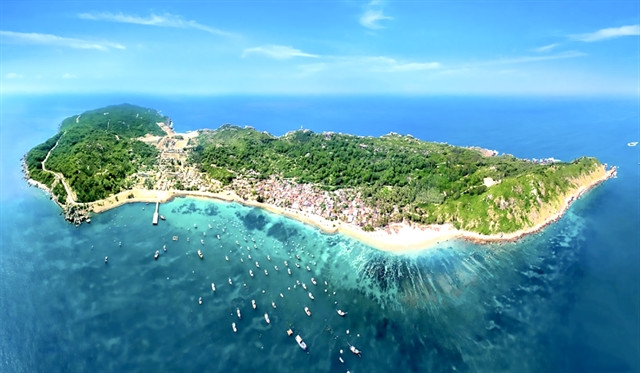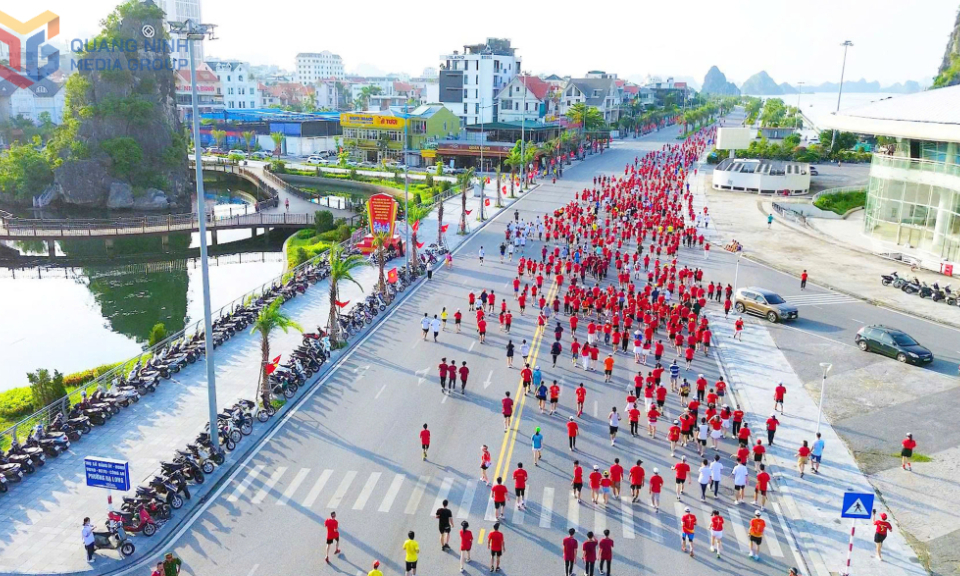Việt Nam looks to unlock full potential of coastal tourism
Việt Nam is strengthening its position as a leading coastal tourism destination through various national strategies.
Việt Nam’s 3,260-kilometre coastline, dotted with pristine beaches and over 3,000 islands, holds immense potential for tourism development.
With breathtaking landscapes, rich marine biodiversity, and a rapidly growing hospitality sector, the country is well-positioned to become a global leader in coastal tourism.
Recognising the sector’s importance, authorities are rolling out policies and infrastructure projects to foster sustainable growth while ensuring environmental protection.
Phú Quốc seeks sustainable expansion
Phú Quốc, Việt Nam’s largest island, has transformed into a premier beach destination, drawing millions of domestic and international visitors.
Known for its white sandy shores and calm jade water, the island is now focusing on eco-friendly tourism.
To support sustainable growth, authorities are expanding Phú Quốc International Airport and investing in tourism infrastructure, including a new seaside square at Bãi Đất Đỏ. The island is also promoting high-end wellness tourism while implementing waste management initiatives to preserve its natural beauty. Hotels and resorts are encouraged to adopt green practices, such as solar energy use and plastic waste reduction.
At the same time, Phú Quốc is developing cultural and heritage experiences to diversify its offerings.
The island’s fishing villages, traditional craft workshops, and national parks are being promoted to attract visitors interested in immersive travel experiences beyond the beach.

Nha Trang strengthens tourism infrastructure
Nha Trang, one of Việt nam’s most established coastal tourism hubs, is renowned for its picturesque bay and diverse marine activities. The city is home to Hòn Mun Marine Protected Area, a popular site for diving and snorkeling.
Khánh Hòa Province is implementing a comprehensive development plan that includes upgrading beachside facilities, restoring coral reefs, and promoting cultural and medical tourism. Authorities are also working with international marine conservation groups to establish sustainable diving zones and educate visitors on marine protection.
Furthermore, the province is leveraging its reputation as a medical tourism hub. Resorts and wellness centres offering spa treatments, traditional medicine, and rehabilitation services are attracting an increasing number of international tourists seeking health-oriented holidays.
The locality aims to attract 11.8 million tourists, including 5.2 million international visitors, in 2025. The total tourism revenue is expected to reach VNĐ60 trillion (US$2.35 billion).

Tam Hải promotes community-based tourism
Tam Hải, a lesser-known island commune in Quảng Nam Province, is emerging as a promising eco-tourism destination.
Its serene landscapes and traditional fishing villages offer visitors an authentic experience, away from the crowds of more developed coastal cities.
Authorities are focusing on community-based tourism by restoring mangrove forests and enhancing ferry services. These efforts not only improve accessibility but also provide sustainable income opportunities for local residents.
Small homestays and eco-lodges are being encouraged, allowing visitors to engage with local culture while minimising their environmental footprint.
Tam Hải’s sustainable tourism model aligns with Quảng Nam’s broader efforts to preserve its coastal nvironment. The province is implementing strict regulations to prevent overdevelopment and control waste, ensuring the island remains a low-impact tourism destination.

Nhơn Châu moves towards high-end marine tourism
Located off the coast of Quy Nhơn, Nhơn Châu Island is being positioned as a luxury eco-tourism destination. The Bình Định provincial authorities are prioritising sustainable development through new high-end resorts and improved transport links.
Expanded ferry services and upgraded docking facilities are expected to boost connectivity while maintaining the island’s ecological integrity.
Conservation initiatives, including marine life protection zones, are also being implemented.
The province is also encouraging private investment in sustainable tourism ventures, such as solar-powered resorts and eco-friendly leisure activities like kayaking and guided nature tours.
National efforts to boost coastal tourism
Việt Nam is strengthening its position as a leading coastal tourism destination through various national strategies. The Government has launched a series of initiatives to enhance competitiveness while promoting sustainable development:
- Expanding international airports in major beach cities to improve accessibility and cater to increasing tourist arrivals.
- Developing smart tourism platforms and digital management systems to enhance visitor experience and streamline tourism services.
- Enhancing transport infrastructure, including coastal roads and ferry networks, to facilitate travel between island destinations and mainland hubs.
- Enforcing stricter environmental protection policies to safeguard marine ecosystems and limit the impact of mass tourism.
- Promoting Việt Nam’s coastal tourism through international marketing campaigns, focusing on eco-tourism, cultural experiences, and luxury travel.
Looking ahead: Việt Nam’s sustainable coastal tourism
As Việt Nam’s coastal tourism grows, sustainable development remains a top priority. Local governments, businesses, and communities are increasingly adopting eco-friendly tourism practices to preserve natural resources while providing memorable experiences for visitors.
With rising global demand for responsible and high-quality beach tourism, Việt Nam is well-positioned to capitalise on its coastal strengths. By focusing on balanced development, environmental preservation, and cultural authenticity, the country aims to boost its tourism industry while safeguarding its natural and cultural heritage for future generations.






